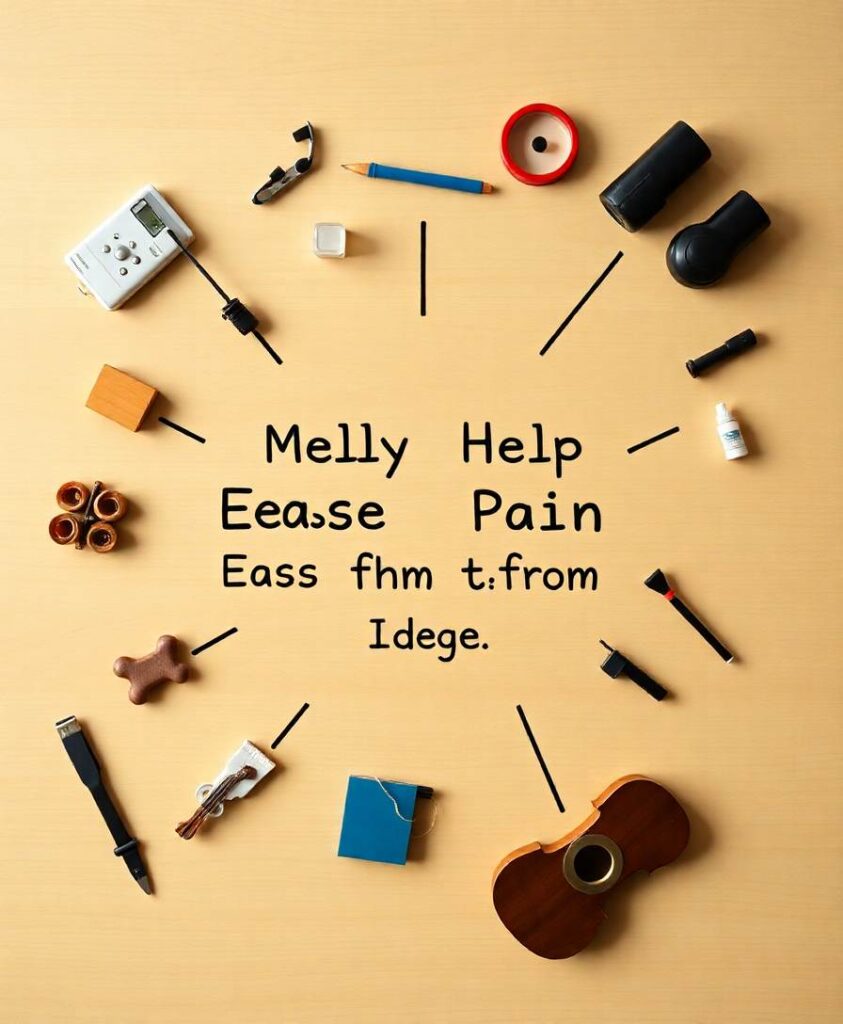IntroductionOlder adults experience a decline in motor inhibition. These declines have been implicated in instrumental activities of daily living. However, studies have revealed that older musicians have behavioral and neurophysiological enhancements in various motor domains compared to non-musicians. This suggests that music training may delay the decline in motor inhibition with aging. Nevertheless, motor inhibition has not been studied in young or older musicians and non-musicians. Thus, the present study aimed to investigate the neurophysiological differences in motor inhibition in aging musicians and non-musicians.MethodsA total of 19 healthy young adult musicians, 16 healthy young non-musicians, 13 healthy older adult musicians, and 16 healthy older adult non-musicians were recruited for the study. Transcranial magnetic stimulation single-pulse (SP) and short interval cortical inhibition (SICI) were performed at rest and then converted into inhibition percentage.ResultsWe did not observe significant differences between young and older musicians and non-musicians in resting SP MEP. Older adults had lower resting SICI MEP than young adults. Older adults (36%) had a greater percentage of inhibition than young adults (16%). However, when controlling for background EMG activity, musicians had a lower inhibition percentage than non-musicians.DiscussionThe results revealed that, despite the greater use of spinal mechanisms, decreased SICI, and increased inhibition percentage in older adults, motor inhibitory circuitry remains intact and functional in both young and older musicians and non-musicians. Future studies will reveal whether there are differences in motor inhibition during movement in musicians across a person’s lifespan.


